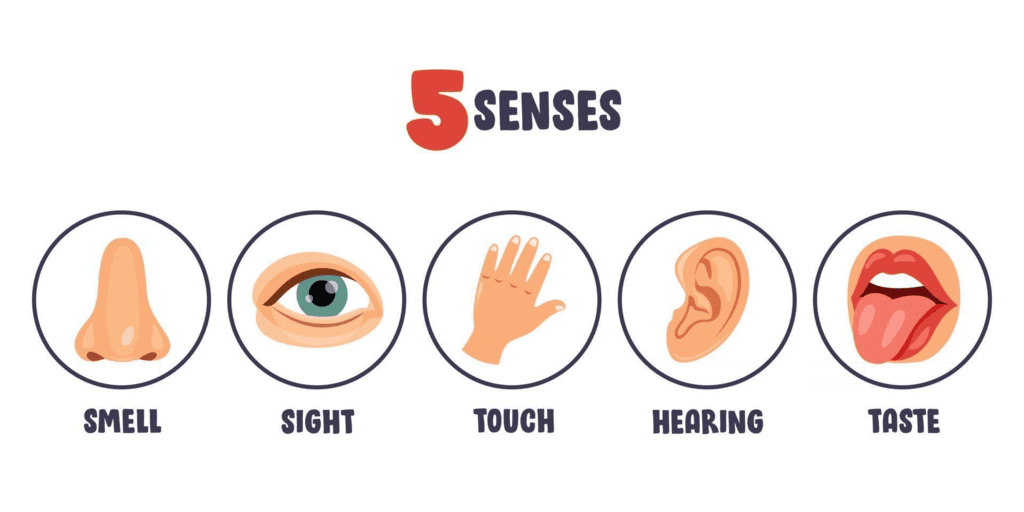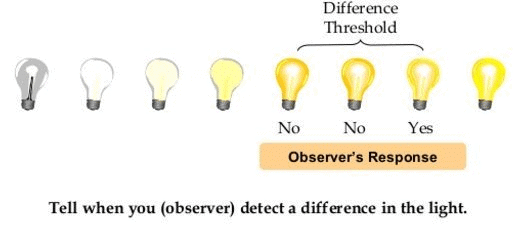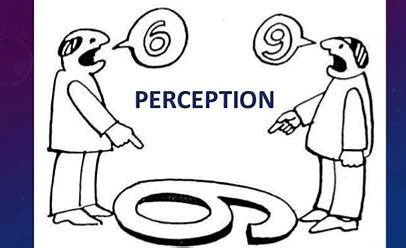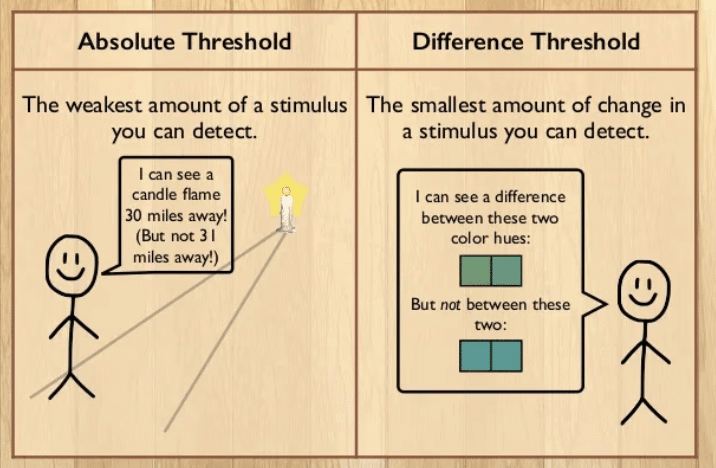Assignment: Sensory, Attentional, and Perceptual Processes | Psychology Class 11 - Humanities/Arts PDF Download
| Table of contents |

|
| Multiple Choice Questions (MCQs) |

|
| Short Question/Answer |

|
| Activity-Based Questions |

|
| Research-Based Question |

|
| Case Study Analysis |

|
Multiple Choice Questions (MCQs)
Q1: Which of the following is responsible for collecting information from the external environment?
(a) Ears
(b) Skin
(c) Eyes
(d) All of the above
Solution: (d) All of the above.
The sense organs (eyes, ears, skin, nose, and tongue) are responsible for gathering information from the external environment.
Q2: Which type of attention involves focusing on a single task over a prolonged period?
(a) Selective attention
(b) Sustained attention
(c) Divided attention
(d) Spontaneous attention
Solution: (b) Sustained attention.
Sustained attention refers to the ability to focus on a task or object for an extended period of time.
Q3: What is the smallest amount of stimulus change that can be detected?
(a) Absolute threshold
(b) Difference threshold
(c) Sensory threshold
(d) Signal detection threshold
Solution: (b)
The difference threshold refers to the minimum change in a stimulus that can be detected.
Q4: Which principle suggests that objects that are close together in space are perceived as a group?
(a) Principle of proximity
(b) Principle of similarity
(c) Principle of symmetry
(d) Principle of closure
Solution: (a) Principle of proximity.
Objects close together are perceived as grouped due to their spatial proximity.
Q5: What is the term for the process of constructing meaning from sensory data?
(a) Attention
(b) Perception
(c) Sensation
(d) Sensory integration
Solution: (b)
Perception is the process of interpreting and giving meaning to sensory information.
Short Question/Answer
Q1: What is selective attention?
Solution: Selective attention is the process through which we focus our mental resources on certain stimuli, while ignoring others. It helps in processing only the relevant information at any given time.
Q2: Explain the concept of “sensation.”
Solution: Sensation refers to the initial detection and encoding of stimuli by our sensory organs, such as seeing light or hearing sound, which forms the basis for perception.
Q3: What are monocular cues in depth perception?
Solution: Monocular cues are depth cues that can be perceived with one eye. Examples include size, texture gradient, interposition, and linear perspective.
Q4: What is the difference between absolute threshold and difference threshold?
Solution: The absolute threshold is the minimum intensity of a stimulus required for detection, while the difference threshold is the smallest detectable difference between two stimuli.
Q5: What are the factors that influence selective attention?
Solution: Selective attention is influenced by both external factors (e.g., size, intensity, motion of stimuli) and internal factors (e.g., motivation, interest, and cognitive set).
Activity-Based Questions
Q1: What would your life be like if you lost one of your senses? Which sense would you find most traumatic to lose and why?
Solution: In this activity, students are encouraged to reflect on how each sense contributes to their daily life and how the loss of any sense would affect them.
Sense of Sight: For many, losing sight might be considered the most traumatic because it greatly limits the ability to interact with the environment. Vision plays a critical role in navigation, reading, and engaging with others, and losing it can lead to a loss of independence and a change in how one perceives the world.
Sense of Hearing: Others might find losing hearing equally challenging, as it affects communication, social interactions, and even safety. Hearing enables us to enjoy music, converse with people, and respond to environmental sounds, such as traffic or alarms.
Sense of Touch: Losing the sense of touch could be difficult for some, as it is essential for physical connection and protection (e.g., avoiding harm, feeling temperature changes, or touching loved ones). Touch is also integral to activities like eating and working.
In conclusion, the loss of any sense would significantly alter one's life. However, the sense that might feel most traumatic would depend on individual experiences, as each sense plays a unique role in how we experience and interact with the world.
Q2: Hold a pencil in front of you and observe its movement when switching between eyes.
Solution: This activity demonstrates binocular disparity, which occurs because each eye perceives the object from a slightly different angle. When you switch between eyes, the pencil appears to shift position slightly. This happens because the brain combines the slightly different images from each eye to create a single, three-dimensional perception. The movement observed is a result of how the brain uses the difference in views from both eyes to interpret depth and distance, a key aspect of depth perception.
Research-Based Question
Research on Attention Deficit Hyperactivity Disorder (ADHD):
Solution: ADHD is a neurodevelopmental disorder characterized by inattention, hyperactivity, and impulsivity, often diagnosed in childhood and continuing into adulthood.
1. Symptoms:
Inattention: Difficulty focusing, careless mistakes, and disorganization.
Hyperactivity and Impulsivity: Fidgeting, difficulty sitting still, and excessive talking.
2. Causes:
Genetic: ADHD runs in families, with certain genes affecting brain function.
Brain Differences: Abnormalities in brain structure and function, particularly areas involved in attention and impulse control.
Environmental: Factors like prenatal exposure to toxins, trauma, or stress.
3. Diagnosis: Based on clinical interviews, behavioral checklists, and observation. No single test exists for ADHD.
4. Treatment:
Medication: Stimulants (e.g., Ritalin) increase dopamine to improve focus; non-stimulants for those who don’t respond to stimulants.
Behavioral Therapy: Cognitive-behavioral therapy, parent training, and social skills training.
Educational Support: IEPs, classroom modifications, and extra time for assignments.
4. Challenges: Academic struggles, social difficulties, low self-esteem, and co-occurring conditions like anxiety or depression.
6. ADHD in Adults: Symptoms can persist, leading to challenges in work, relationships, and time management.
7. Recent Advances: Research continues on genetics, neuroimaging, long-term outcomes, and alternative treatments like diet, mindfulness, and technology-based interventions.
Conclusion: While ADHD is a lifelong condition, a combination of medication, therapy, and support can help individuals lead productive lives. Research is ongoing to better understand and treat the disorder.
Case Study Analysis
Case Study on Perceptual Set and Motivation:
Scenario: Imagine a hungry individual looking at an ambiguous or neutral image, such as a vague shape or object. The person, driven by their hunger, is more likely to interpret the image as food-related compared to someone who is not hungry. For example, a simple shape might be seen as a slice of pizza, or a pattern might be perceived as a bowl of fruit.
Solution: Analysis: This scenario demonstrates the concept of perceptual set, which refers to our tendency to perceive things in a way that aligns with our expectations, desires, or needs. Our perception is not purely objective but is shaped by our emotions, experiences, and physical states. In this case, hunger acts as a motivator, influencing how the individual interprets what they see.
Perceptual Set and Motivation:
Perceptual Set: The brain filters incoming sensory information based on prior expectations or desires. When the individual is hungry, their brain is more likely to focus on stimuli that seem related to food, even if the image itself is ambiguous or neutral.
Motivation: Motivation, such as hunger, can direct our attention to certain stimuli and affect how we interpret those stimuli. The feeling of hunger heightens the individual's focus on food-related cues, making them more likely to perceive ambiguous images as food.
Example:
A non-hungry person might look at the same image and see a random abstract shape, whereas the hungry individual might interpret it as a sandwich or an apple, even though the image itself contains no clear food-related features.
Conclusion:
This case study highlights how our perceptual set is influenced by motivation and physical states like hunger. Our expectations shape our perceptions, making us more likely to notice and interpret things that align with our current desires or needs. The theory of perceptual set explains that our perception is not just based on what we see but is also shaped by our internal states and prior knowledge.
|
43 videos|88 docs|18 tests
|
FAQs on Assignment: Sensory, Attentional, and Perceptual Processes - Psychology Class 11 - Humanities/Arts
| 1. What are sensory processes and how do they relate to human perception? |  |
| 2. How do attentional processes influence what we perceive? |  |
| 3. What is the difference between sensation and perception? |  |
| 4. How do cultural factors influence perceptual processes? |  |
| 5. What role does memory play in perception? |  |
























